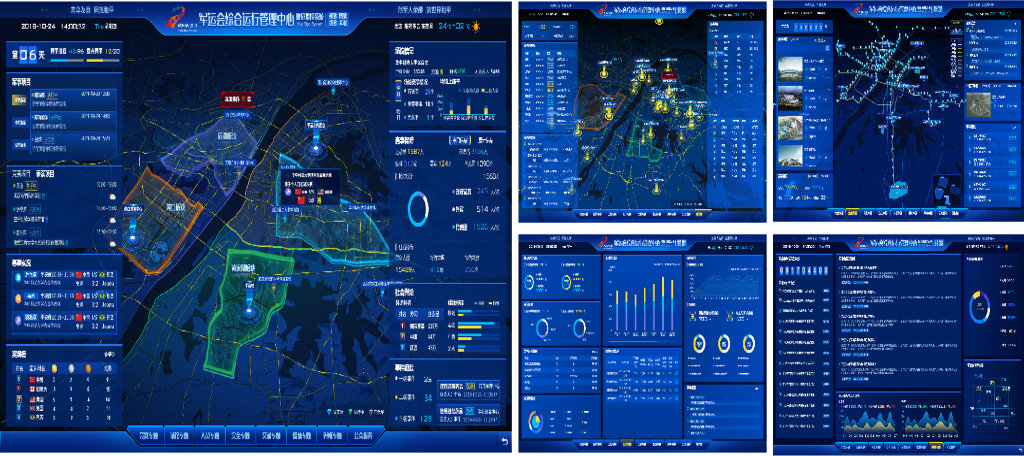
Expected goal: to study the theoretical foundation, application foundation and application methods of the new generation of geospatial information systems, including system architecture, data model, data structure, data processing and spatial analysis, spatial information sharing, interoperability and service technologies and standards, and launch a grid geospatial information processing and service platform.
Main research content:
(1) Research and development of key technologies of grid geographic information service platform.
Study the technical system required by the grid geographic information service platform, build an information center and metadata registration and service center of the grid geographic information service, formulate corresponding standards and norms, launch the next generation of geographic information service platform, and build a geospatial information registration service center for global services in the laboratory. New intelligent services and service aggregation in the current space.
(2) Global seamless multi-source spatial data integration and visualization
Natural phenomena, events and processes obtained through Earth observation systems are multi-band remote sensing images, radar images and multiple scientific observation sample data, together with existing large-scale basic databases and professional database systems, integrated into a unified spatiotemporal reference framework system to form a complete geospatial space. Information system, and integration and integration with human, social and economic factor data.
(3) Geospatial Information Network
Spatial information acquisition has developed from the early single-sensor application mode to the multi-sensor application mode, and presents the development trend of intelligent sensor networking. It connects sensors deployed in different orbits and perform different tasks and their corresponding ground information receiving systems to achieve rapid information acquisition, fusion and Distribution, improve the comprehensive application efficiency of the sensor system as a whole, and enhance its survival ability. Using satellite networking, satellite autonomous operation, on-board data processing and information fusion, interstellar communication technology, satellite-terrestrial communication technology and network technology, the information obtained by various sensor systems is fused and quickly distributed through the on-board processing management system, and all information, including space-based information, is integrated into the air. Inter-information network, in order to implement the integrated information sharing and comprehensive utilization of sky and earth, to form a space information network built by satellites, aircraft and ground receiving stations, integrating spatial information acquisition, on-orbit processing, transmission and defense and other functions.
(4) Basic theoretical research on geospatial information
We will carry out the research ontology model, cognitive model, semantic model and multidimensional dynamic model of geospatial information, explore the establishment of the overall conceptual model of three-dimensional space, tense and multi-attribute and physical characteristics of the sky and earth integration on a global scale, and expand the research and application of three-dimensional urban simulation and virtual geographical environment.